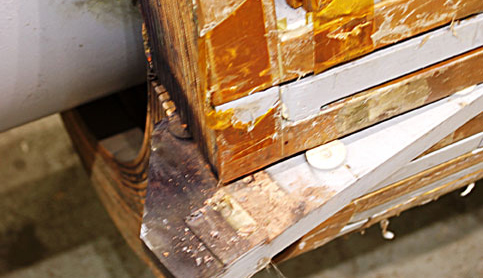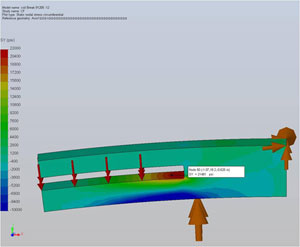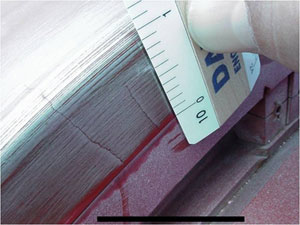
![]()
[Safety] [Quality Assurance]
[Inside Regenco]
archive copied from [http://regenco.mgi-servilink.net]
link
back to Tasker's Web Notes for Toshiba's PSD [West
Allis] Facility





|
|
    |
|
 |
When failure is not an option,
|
| A major cause of industrial equipment failures
is fatigue due to cyclic stresses, both low cycle and high cycle.
Examinations of fracture surfaces at high magnifications on the SEM are
often necessary to reveal the fine features associated with this mode of
crack propagation and to locate the initiation sites of the cracking that
caused the failure. In addition, deposits on the fracture surfaces can be chemically analyzed to determine if corrosive species played a part in cracks propagation. The optical microscope is used to determine whether microstructural anomalies were present at fracture's origin and to determine whether crack propagation was transgranular, intergranular, or a mix of both. This tells the analyst whether there were material weaknesses between grains and whether corrosion may have played a part in crack propagation. |


